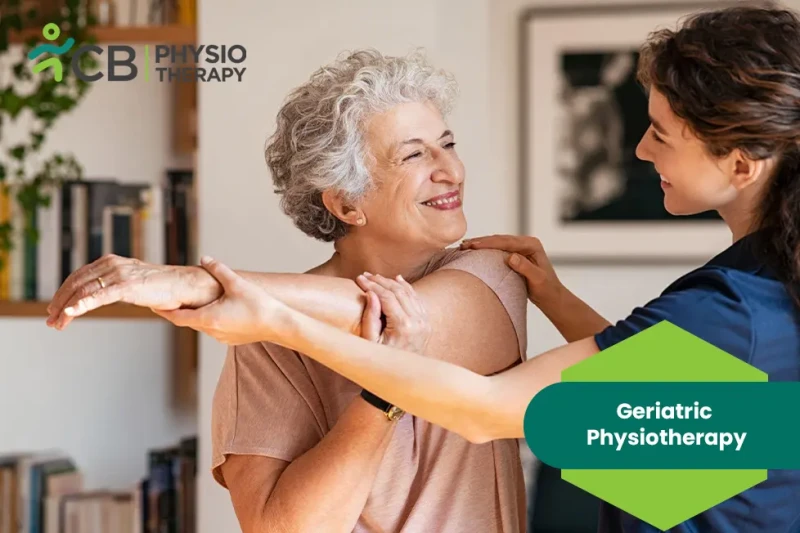
The procedure is performed with the help of a suitable professional, the physiotherapist. The physiotherapist will teach and apply global exercises and active techniques to the elderly so that the patient gains mastery of new movements of his/her body and develop physical and mental balance. Currently, geriatric physiotherapy can be applied in three different ways: through hydrotherapy, mechanotherapy, and kinesiotherapy (biomechanical movements). The elderly are treated much like anybody else in the sense that there is an initial treatment phase that will be medical or surgical, after which you will often be referred to a physiotherapist who will conduct their own assessment to establish how they intend to treat you. Their rehabilitation plan will vary hugely, depending on, for example, the condition itself, the patient and their mindset, their home and family situation, as well as previous family history. For patients suffering from mobility issues, dementia, or with a history of falls, a physiotherapist is important in evaluating the home setting.
The goal of your therapist here is not to impose what they think is right on you, but rather to make adjustments that you are comfortable and happy with to allow you as much independence and safety as possible. While rehabilitating mobility, a physio will use traditional tools such as strengthening exercises and hydrotherapy in the context of geriatric care. For example, as falls are a major issue in the elderly, emphasis is placed on balance and postural improvements to minimize the risk of further falls, each of which carries a risk of critical injury. Hydrotherapy is also an important tool in the rehabilitation of the elderly as underwater exercises remove unwanted stress from joints that are very prone to damage
Geriatric conditions usually include musculoskeletal problems, mental illness, incontinence, impaired senses, balance problems, chronic pain, and sleep deprivation. Physiotherapy treatments have been successful in resolving or managing each of these ailments. Here’s what physiotherapy has to offer to the field of geriatrics. What are the conditions treated by Geriatric Physiotherapists?
Joint Pain
Joints connect bones within your body, bear weight and provide support during movements. Usually, joint pain is caused by injuries, inflammation of the lining of the joint, hemarthrosis, arthritis, STDs, and gout. If the joint pain is left untreated for a longer time, it can restrict mobility and lead to weakness or instability to perform normal activities. Geriatric physiotherapy is the best treatment to help reduce joint pain and improve the stability of the joints.
Generalized Weakness
Generalized weakness is one of the most common issues that almost every individual faces post a certain age. One of the attributes of this is degenerative changes that come with age resulting in poor muscle tone, stiff joints, etc. This is further worsened by the presence of other chronic conditions such as neurological issues, endocrine problems, and musculoskeletal issues. Some of the common causes of generalized weakness are flu, thyroid disease, anemia, depression, lack of sleep, undiagnosed diabetes, congestive heart failure, and medication side effects. Geriatric physiotherapy helps in bringing back physical strength and stability, thereby improving patients’ quality of life.
Postural Instability
Postural instability is a condition of inability to maintain an upright position. In other words, it is the imbalance and loss of righting reflexes that are required to maintain an upright position. Geriatric physiotherapy such as balance exercises can improve postural instability and help patients resume back to their normal state.
Balance Impairment
Balance impairment in the elderly is the loss of normal functioning of muscles and bones. It is most commonly caused due to arthritis and orthostatic hypotension. Other factors causing balance impairment include numbness in feet and legs, eye problems, blood circulation problems, and intake of multiple medicines. Geriatric physiotherapy treatment includes balance exercises to help improve the functions of muscles & bones.
Select your City to find & connect with our experts regarding Physiotherapy for Geriatric Physiotherapy